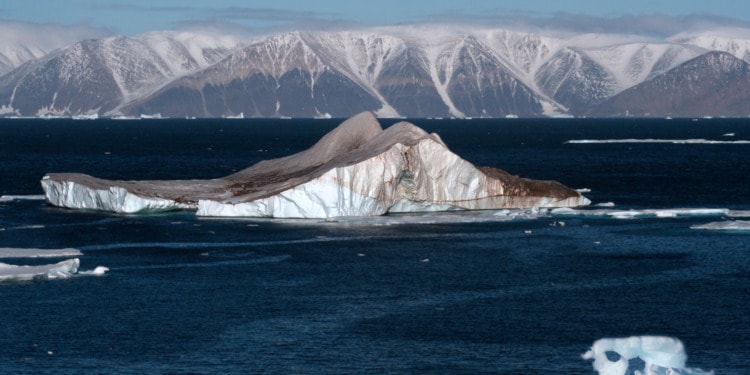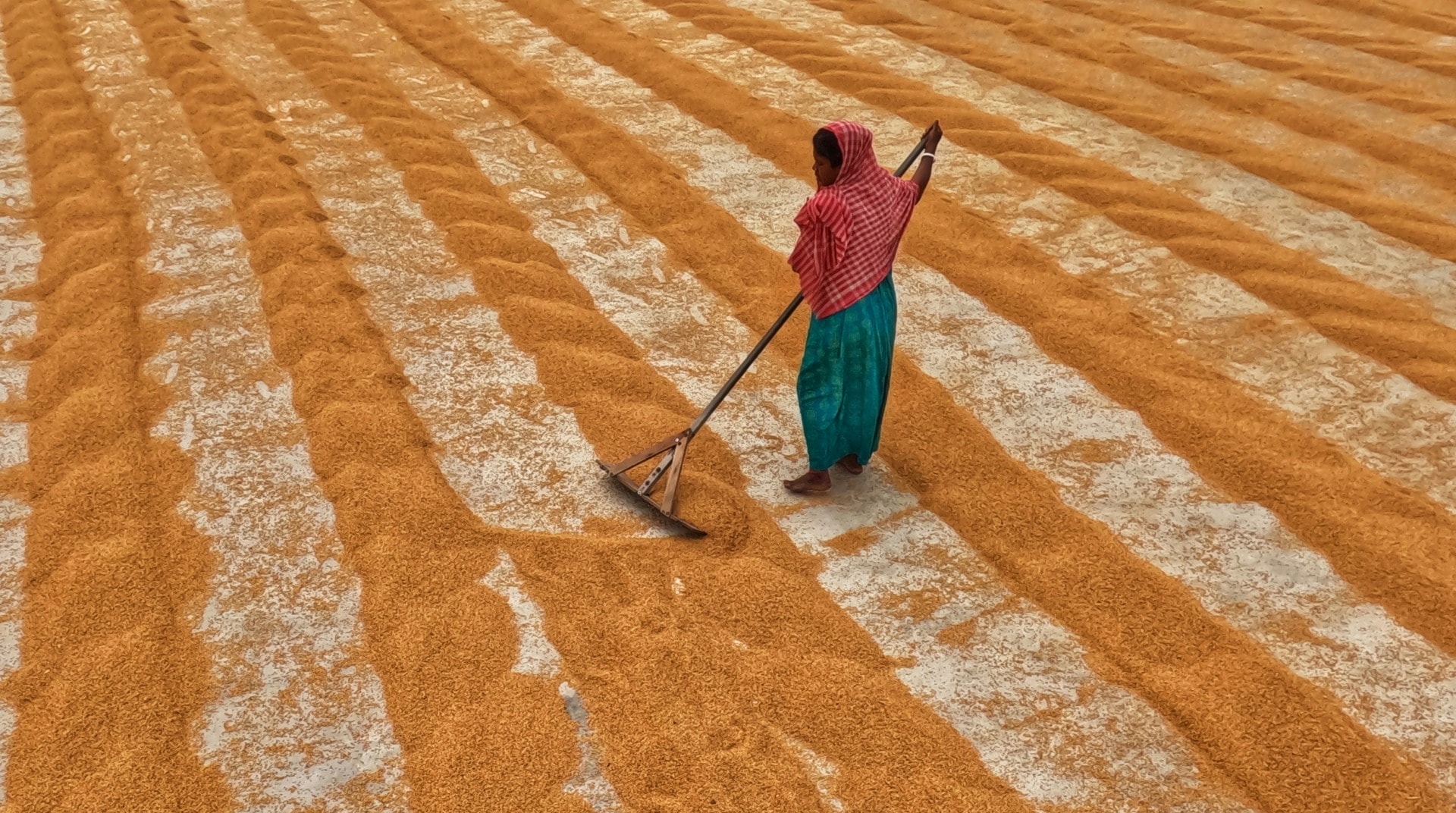A new report by the United States’ National Oceanic and Atmospheric Administration (NOAA) has found that the Arctic tundra has transitioned from a carbon sink to a carbon source over the past year.
Climatic shifts, including frequent wildfires, have led to stored carbon dioxide in frozen soils being released into the atmosphere, according to NOAA’s 2024 Arctic Report Card. NOAA’s report included contributions from 97 scientists from 11 different nations.
According to the report, in 2024, the Arctic’s annual surface air temperature was the second warmest since 1900. Daily temperature records were broken in several Alaskan and northern Canadian provinces during an August 2024 heatwave. As a consequence, there have been increasing wildfires across the Arctic circle. Polar wildfires emissions have averaged just over 200 million tons of carbon per year since 2003.
The Arctic Ocean has been spared from the bulk of the negative consequences so far, but still, the area of Arctic sea ice was at its sixth lowest in 45 years of satellite record in September 2024.
Overall, the Arctic is warming at a faster rate than the global average warming for the 11th straight year. It is currently warming four times the global rate, according to the report.
These changes are not simply normal weather discrepancies, as Gerald Frost explains. Frost, a senior scientist with Alaska Biological Research, said: “Many of the Arctic’s vital signs that we track are either setting or flirting with record-high or record-low values nearly every year. This is an indication that recent extreme years are the result of long-term, persistent changes, and not the result of variability in the climate system.”
The Arctic tundra has long been a carbon sink, which is anything that absorbs more carbon than it releases into the atmosphere. Scientists have long warned that global warming could reverse this and in turn, worsen emissions and long-term climate change.
The warming of the Arctic surface is leading to the thawing of the permafrost, a subsurface layer of soil that is frozen year-round. As the permafrost thaws, carbon trapped in the soil is released into the soil as carbon dioxide and methane.
NOAA Administrator Rick Spinrad, Ph.D. stated that their observations “now show that the Arctic tundra, which is experiencing warming and increased wildfire, is now emitting more carbon than it stores, which will worsen climate change impacts.”
Related Articles: Climate Change in the Arctic for Dummies | The Effects of Arctic Warming on Indigenous Communities | The Next Virus “Hotspot”, the Arctic | The Arctic Is Warming 4 Times Faster Than Rest of the World – and More Quickly Than Previously Thought
The NOAA report highlights the lack of action by policymakers and organizations alike in heeding warnings about the accelerating dangers of man-made global warming.
“This is yet one more sign, predicted by scientists, of the consequences of inadequately reducing fossil fuel pollution,” added Spinrad.

The warming of the tundra is having a dramatic effect on the local ecosystem. Migratory caribou populations have declined by 65% over the past 30 years, in large part due to changing snowfall, warmer temperatures and an increasing human footprint.
Still, the NOAA hopes that these changes can be adequately addressed going forward. “This year’s report demonstrates the urgent need for adaptation as climate conditions quickly change,” said Twila Moon, the lead editor of NOAA’s Arctic Report Card. “Indigenous Knowledge and community-led research programs can inform successful responses to rapid Arctic changes,” added Moon, who is also deputy lead scientist at the National Snow and Ice Data Center.
But with the past nine years being the warmest recorded in the Arctic, it is clear that significant action is needed to reverse the damage to the world’s most northern ecosystems.
Editor’s Note: The opinions expressed here by the authors are their own, not those of Impakter.com — In the Featured Photo: Icebergs in the High Arctic Circle, September 7th, 2005. Featured Photo Credit: Thomas Allen Neumann via Brocken Inaglory.














